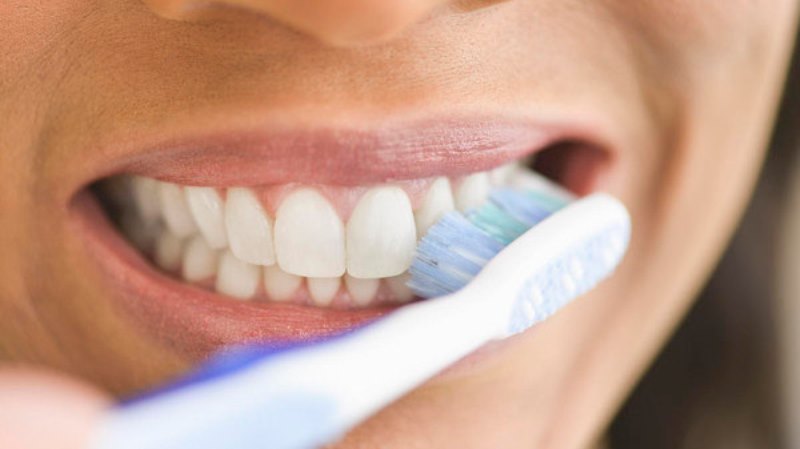‘Hasn’t she heard of breath mints?‘
‘There are anti-dandruff shampoos now. We’re not in the 18th century anymore.’
‘If his body odor could be bottled up, it could help our troops on the Pak border for sure!’
Seriously, dude, there is such a thing as deodorant!
Anyway, these are some of the common hygiene problems that we come across in our daily lives. Many might think that it’s not a big deal. But it is – when it’s your partner with the problem and they’re oblivious to it. Bad breath, body odor, dandruff, unkempt and messy hair, and unwashed clothes are some of the common consequences of poor personal hygiene. If you let them know about this, they might be willing to change for the better. Alas, sometimes it so happens that they do know about the problem, but they’re inclined to do zilch about it. What do you do with such pigheadedness?
Image source: Pixabay, under Creative Commons License
Dropping subtle hints to nudging with gentle suggestions to telling it as it is might take care of the problem in most cases. You could always buy some anti-dandruff shampoo or some good perfume/cologne for your partner. However, getting them to use it is another matter altogether. You could maybe let them know how much you hate the white flakes on their shirt or the trouble you took to find that right fragrance which complements them. Who knows, they might finally get the hint!
If your partner’s pigheadedness (pardon the usage of this particular word – again, but it is necessary) continues still, then it’s time for some drastic measures. After all, desperate times call for desperate measures. Let them know that in no uncertain terms will you be intimate with them unless they follow some basic hygiene routines. If they’re not inclined to do so, try to find out if there’s an underlying issue like depression or some other health problem that’s keeping them in bad hygiene.
Suggested read: Why respecting your man’s space is key to a successful relationship
If your partner is obstinate with their ways and is not inclined to change something important like personal hygiene habits – which are important from both your relationship as well as a good health point of view – then it’s time you took stock of the situation and do some serious contemplation on how to move forward.
Here are some pointers that might help you move forward:
1. Don’t assume that they know it already
Image source: Google, copyright-free image under Creative Commons License
Assuming that your partner is in the know about their poor hygiene and yet they’re disinclined to do something about it, is a no-no. This is tempting to do since your partner might not have picked up on your subtle cues, both verbal and non-verbal. But do refrain from it.
2. Try and find out if there’s an underlying issue
Before you start lecturing them about the benefits of soap/deodorant/shampoo, find out if there’s anything wrong that you might have no clue at all.
3. Directness is key
Image source: Pixabay, under Creative Commons License
No matter how gently you want to break it them, there’s nothing to be gained by beating around the bush. It most probably will be the most awkward conversation you’ll have in your relationship, but it must be done if it’s bothering you so much. It’s about them and their habits, so don’t make it all about you and how it’s affecting you.
4. Be specific
Since you’ve already made the decision and broached the subject with them, you might as well go the whole mile and talk to them about what the specific problem is. Don’t try to spare their feelings by not letting them know the whole problem. Being specific and direct doesn’t mean you need to be rude to them. You can be direct without being rude.
Remember, communication is key. You wouldn’t even be having this conversation if the problem was not that big a deal and it wasn’t bothering you so much. In the grand scheme of things, poor personal hygiene might seem like a trivial thing, but you should bring it up if it’s hampering your relationship and making you think twice before becoming intimate with your partner.
Featured image source: Pixabay, under Creative Commons License















